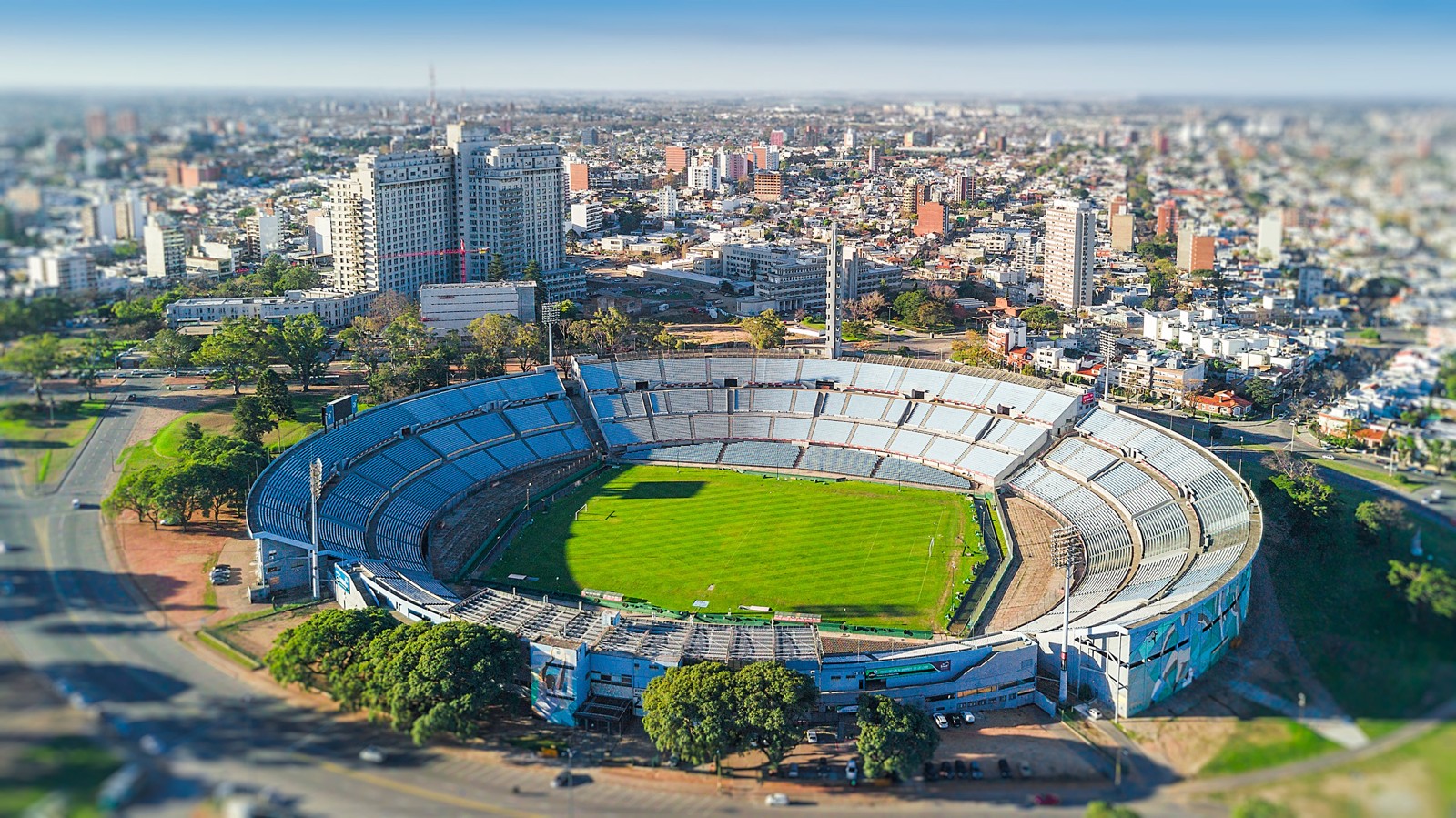Uruguay: The grand plan for Centenario
source: OvacionDigital.com.uy; author: michał
 It may be one of the world's most famous football temples but it's almost a century old. That's why Uruguay is looking at reinventing the legendary Centenario in time for its centenary.
It may be one of the world's most famous football temples but it's almost a century old. That's why Uruguay is looking at reinventing the legendary Centenario in time for its centenary.
Advertisement
Montevideo is preparing for Plan 2030, an initiative announced a few weeks back. It foresees a major upgrade of the national stadium. After all, in the year of its centenary Uruguay is hoping to host the World Cup, along with Argentina, Chile and Paraguay. It would be the 'centenario' for both the FIFA tournament and the stadium itself.
For this reason the public operator, CAFO, has begun working on the necessary changes. The choice was between demolition of the stadium and redevelopment of what is already a 90-year-old venue. The entire football community, when asked, said they would not accept demolition.
CAFO, Comisión Administradora del Field Oficial in full, has selected two crucial partners for the work ahead with PricewaterhouseCoopers and the Schelotto-Lecuna studio. By mid-2021 we should know more about the technical and financial feasibility of the project. With some time left, the challenge does seem to be huge, we're talking of a global football monument, after all.
Today, though it's an early estimate only, the price tag is expected to be within $200-300 million. It's a massive amount, especially with the country's scale. That's why there is no default reliance on public funding.
“We start from the premise that the $200-300 million are not there. It is unthinkable that the national government allocates all funds for this objective, just like the municipality of Montevideo or the football federation. So we have to explore other sources with imagination and technical rigor. We think that the path consists of identifying the various businesses that may arise from a multipurpose center like this one and exploring the possibility that individuals are interested in investing in them, with an impact on the overall project.” said CAFO executive director Ricardo Lombardo in an interview with Ovación Digital.
Although we're at an early stage, there are several interesting ideas on the board already. For example, the stadium will require greater access to parking spaces, now almost none are available. So, in theory, a private investor could be interested in a concession to deliver them and operate in the densely populated metropolis.
Also, the planned VIP boxes and all of the hospitality area, to be housed within the west stand, might be viable financially in private operation. There's also a plan for a themed hotel, football museum, coworking spaces and regular commercial floor space.
From the point of view of supporters possibly the biggest piece of news is the structural change planned. While the inclusion of cover above all spectators still seems somewhat in the air, conversion of the distinctive auditorium is unavoidable. Stands will be reconfigured in order to bring fans closer to the field and minimise the number of seats with obstructed views.
As for the final capacity the number still hasn't been set in stone but inclusion of temporary seating for the 2030 World Cup is taken into account.
Advertisement

 StadiumDB
StadiumDB ©
©